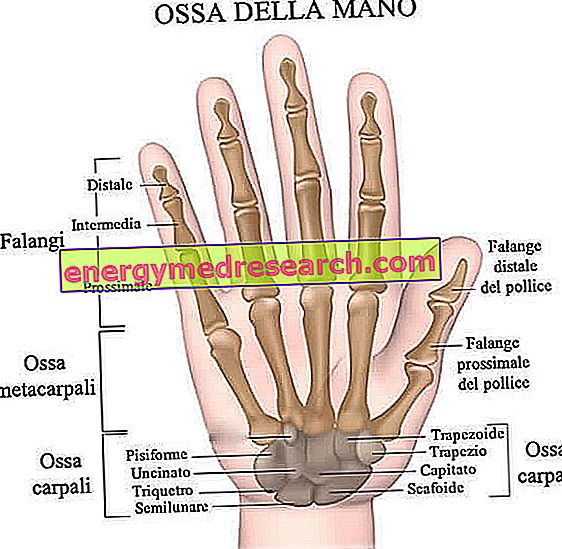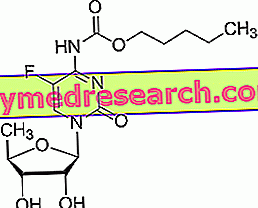Definition, tradition and ingredients
Almond milk is a liquid food, it is a traditional Italian drink originally produced in Sicilian monasteries.

Almond milk is the result of cold infusion and crushing of chopped almonds in water; it has refreshing properties and its consumption is amplified in the summer season, when it is served cold. Almond milk is a food / ingredient of many preparations that are part of the culinary tradition of the south; among them the most widespread are: granita, coffee in ice and some sweets.
The ratio of the ingredients for the preparation of almond milk is: 2/3 of fresh almonds (or dried rehydrated), peeled and finely chopped, and 1/3 of sucrose.
Recipe for almond milk
Procedure : possible rehydration of dehydrated almonds; peeling of almonds; chopped almonds; union of mince and sugar; place the mixture in a large cloth (torcione or rag); place the cloth in water for the infusion of about 6 hours; squeeze the towel; bottle and refrigerate.
Homemade Almond Milk
X Problems with video playback? Reload from YouTube Go to Video Page Go to Video Recipes Section Watch the video on youtubeNutritional properties
Energy 51 kcal - Proteins 1g - Glucides 6.6g - Lipids 2.3g of which:
Saturated Fatty Acids tot 0.6g - Fatty acids Monounsaturated tot 1.3g - Total Fatty Polyunsaturated 0.4g - Cholesterol 0mg - Linoleic acid 0.39g - Oleic acid 1.3g.
Polyunsaturated Fatty Acids / Saturated Ratio 0.7.
Of course, given the variability of the recipes for preparing almond milk, both at home and industrial level, there are significant differences between the nutritional values of the various products. See for example this table on the nutritional values of almond milk
Almond milk is defined as such only and exclusively for the whitish color; its chemical composition does not even vaguely remember that of animal milk and its consumption cannot replace it in any way. The energy brought by almond milk derives mainly from the (simple) glucides used for its preparation, in case it is formulated at home it is recommended to use fructose instead of sucrose but in doses 30% lower than the common recipe, exploiting its superior sweetening power and the best glycemic impact (within certain dosage limits). Almond milk provides a fair amount of antioxidants (Tocopherol - vitamin E) and its consumption could be recommended as a substitute for common soft-drinks (such as cola, orange juice, fruit juices, etc.); the predominance of the intake of unsaturated fatty acids (oleic and linoleic) gives almond milk a moderate nutritional quality.



